Ecuador’s capital has always been a wonderful place for comida típica — comforting locro de papas, humitas, and helados de paila. I grew up eating these foods and more at beloved, local institutions like La Ronda, Heladeria Pomasqui, and Mercado Iñaquito.
A Culinary Recap Of Quito’s Best Restaurants by Chef Alejandra Espinoza
Nevertheless, over the past 5 years, Quito’s palette has evolved. Alongside the traditional Ecuadorian restaurants of old, a bevy of new establishments push the boundaries of Ecuadorian cuisine. Quiteños are embracing fresh flavors, new techniques, and modern attitudes as Ecuadorian chefs return home to launch concept restaurants and homegrown culinary artists work with local ingredients in new and exciting ways.
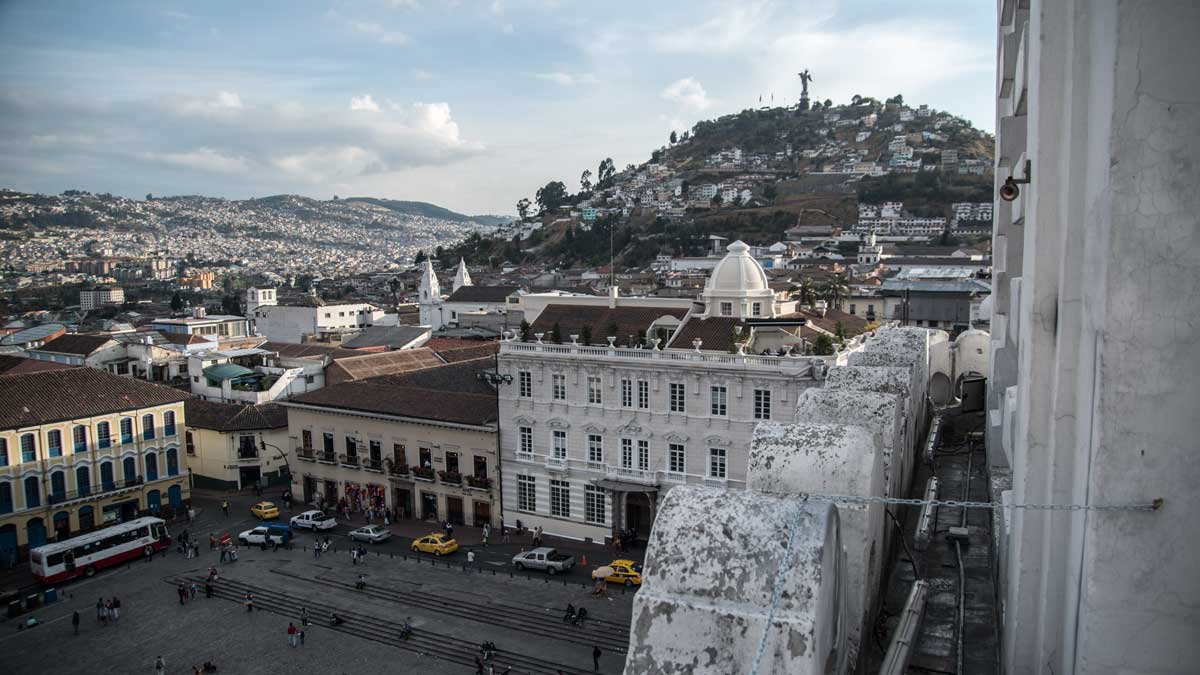
After years of training and working abroad in some of the best kitchens in France and San Francisco, I couldn’t wait to return home and make my mark on the thriving culinary ecosystem that is rising in Quito. Eight months since moving back, I can proudly say that the dining scene here is even better than I’d hoped. I may be biased, but in my opinion, it rivals that of Lima, Buenos Aires, and São Paulo. So if you’re interested in discovering the next best place to eat in South America, look no further than Quito.
Here’s my list, in no particular order, of the best restaurants to drink, dine and enjoy the best of new Ecuadorian cuisine in the capital city.
URKO
Serving one of the most original dégustation menus in the city, our friends at URKO are redefining fine dining in Quito. Taking inspiration from the ancient Andean astral cycles, the restaurant’s Raymi menus debut four times a year. Each one is themed around an aspect of nature’s generative cycle: harvest, planting, fertility, and flowering. Chef Daniel Maldonado has deep relationships with the finest purveyors across the country. His blend of concept, technique, and sustainable sourcing is sublime.
- URKO.rest
- Isabel La Católica and Julio Zaldumbide
- +593 (0) 22 563 180
- @urko.rest
The Story Behind the Dessert
Description: This dessert symbolizes the four seasons inherent to Andean cosmology. Each side of the chakana-shaped tuile, made from purple corn, symbolizes one of the raymis, festivals celebrating the two equinoxes and two solstices of the year. Starting counter-clockwise from nine o’clock:
- Inti Raymi – seasonal fruits including peaches, plums, and pears infused in fermented blackberries represent the feast of the sun and the harvest.
- Killa or Coya Raymi – potato flour and mortiño powder made to look like grainy soil symbolize the earth and fertility.
- Kapak Raymi – purple basil, sinso, clover and peppermint sprouts represent new life.
- Pawkar Raymi – petals picked from Urko’s garden celebrate the festival of flowers.
Lastly, the center of the Andean cross is the sun as a raw, yellow pumpkin sorbet with tangerine juice.
April 2019 | Photographer: Swann Marchon for Urko
MARCANDO EL CAMINO
This is a jewel of a restaurant with a minimalist aesthetic that belies the seriously great cooking of Chef-Proprietor Santiago Cueva. The seasonally-driven menu emphasizes sharing plates, many emanating from its wood-fired oven. My favorites dishes include octopus ceviche with avocado (ceviche de pulpo), plantain casserole with shrimp (cazuela de verde con camaron), and chocolate truffles with passion fruit for dessert. Marcando El Camino is one of my go-to places for lunch with friends, though the place shines equally bright at dinner. If you go, some words of advice: save room for dessert and believe the hype about the homemade bread!
- Jose Tamayo y Av. Gral. Ignacio de Veintimilla N23-75
- +593 (0) 99 821 1219
- @marcandoelcamino_hyc
CASA GANGOTENA
Housed in a stately boutique hotel in colonial Quito, Casa Gangotena straddles the line between the formal Quiteño restaurants of old and the exciting upstarts of today. Borrowing from the gastronomy of Ecuador’s Indigenous, European, and Afro-Ecuadorian peoples, its concept is mestizo haute cuisine. When white-coated waiters serve you beautiful plates of immaculately cooked, sauced and garnished proteins you might be tempted to think you’re in a fine European dining room. But, upon closer inspection, you’ll find authentic Ecuadorian ingredients masterfully distilled to their most elegant essence by Executive Chef Emilio Dalmau.
- CasaGangotena.com
- Bolivar Oe6-41 y Cuenca
- +593 9)7 999 9995
- @restaurantecasagangotena
SHIBUMI
Having moved back to Quito from San Francisco, I was desperate to find proper sushi. Shibumi came to the rescue! While this place feels like a small “locals” sushi bar, it is actually an immensely refined concept of Chef-Owner Junior Cordova Galarza. He learned the most demanding techniques while studying under a Japanese master chef in Copenhagen. The menu includes sushi classics with an Ecuadorian spin, all made using local ingredients such as sasha inchi, lupini beans, cashew nuts, quinoa, tamarind, coffee and, of course, fish from our local waters. The creations taste at once totally progressive but somehow grounded in simplicity and tradition.
- ShibumiSushiBar.com
- Corner of Ruiz de Castilla and Lorenzo de Aldana
- +593 (0) 99 180 6844
- @shibumiq
SOMOS
SOMOS is my passion project years in the making. I think we’re serving up some of the most exciting dishes in the city. Our motto is “Ecuadorian born, globally inspired.” Therefore, you’ll find genre-bending dishes that borrow from various cuisines on our menu such as wood-fired, fermented yuca flatbreads made in our imported Neapolitan pizza oven, a poké-ceviche blend aptly named Pokiche, and cuy confit lettuce wraps, a completely modern preparation of the Andean delicacy, guinea pig.
- SOMOS.rest
- N34-421 Av. Eloy Alfaro y Av. Portugal
- +593 (0) 99 057 8897
- @somos.rest
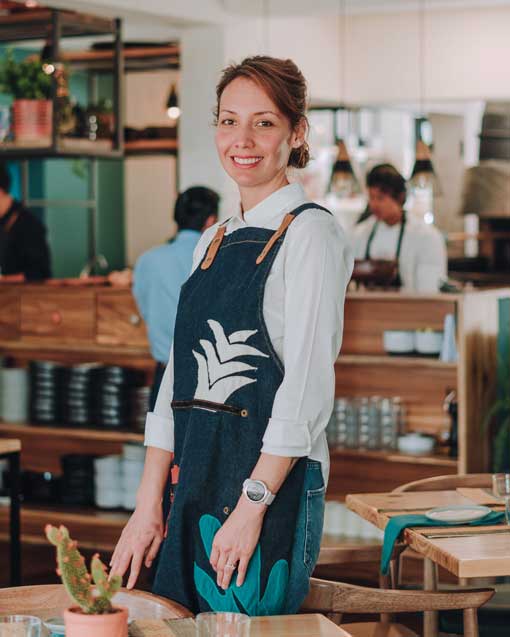
Guest Author and Chef, Alejandra Espinoza
Ecuadorian chef Alejandra Espinoza is the co-owner and creative force behind SOMOS, her genre-defining contemporary Ecuadorian restaurant in Quito. After years spent studying, traveling and living abroad, Alejandra returned to Ecuador in 2018 to launch her restaurant and join a culinary movement elevating Ecuadorian cuisine across the country and globe. She studied at the Institut Paul Bocuse in Lyon, France. An adventure-seeker, avid trail runner, and mountaineer, Alejandra can be found enjoying Ecuador’s High Sierras any chance she gets.
Guest Author and Chef, Alejandra Espinoza
Ecuadorian chef Alejandra Espinoza is the co-owner and creative force behind SOMOS, her genre-defining contemporary Ecuadorian restaurant in Quito. After years spent studying, traveling and living abroad, Alejandra returned to Ecuador in 2018 to launch her restaurant and join a culinary movement elevating Ecuadorian cuisine across the country and globe. She studied at the Institut Paul Bocuse in Lyon, France. An adventure-seeker, avid trail runner, and mountaineer, Alejandra can be found enjoying Ecuador’s High Sierras any chance she gets.






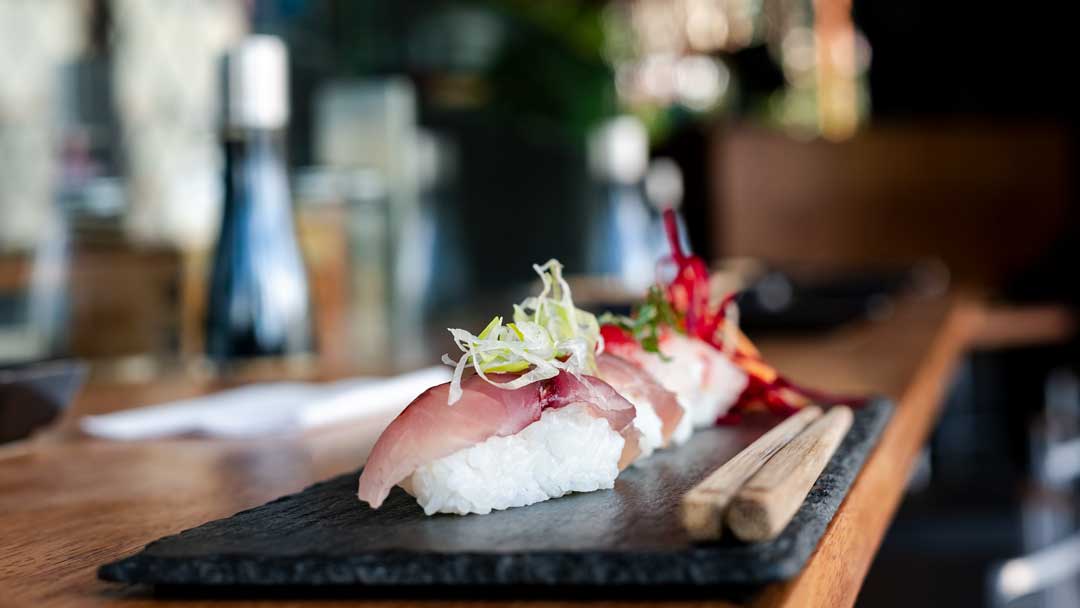
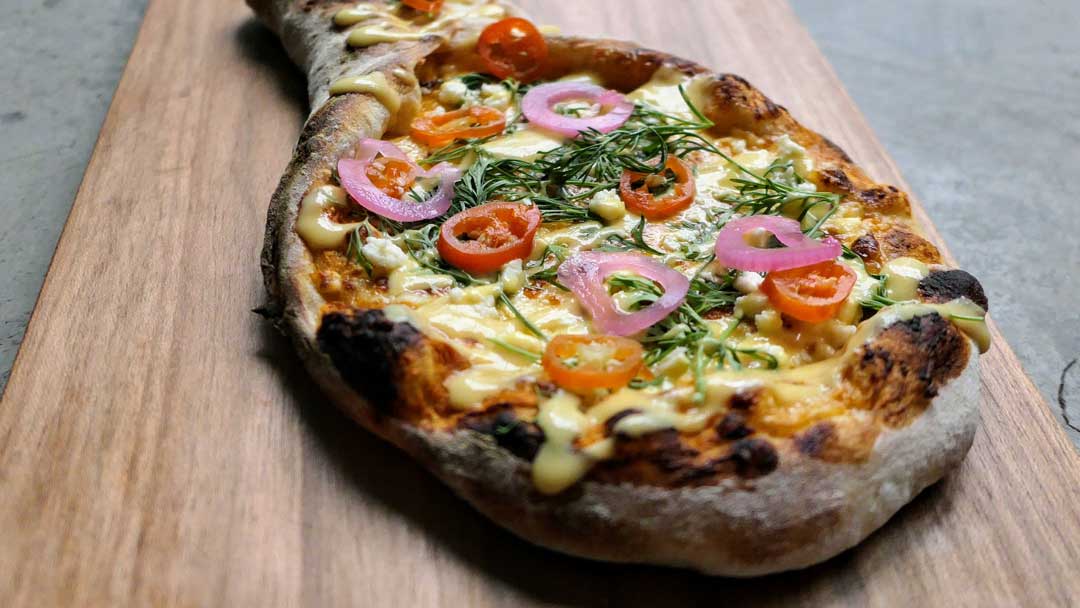
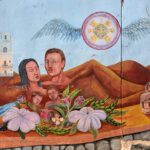

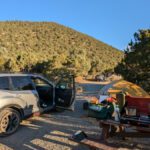
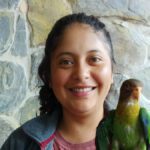
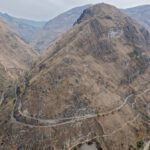
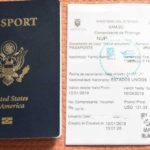
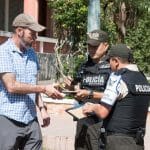





It’s important how this incredible site can help people who work in tourism. Thanks for the support, Angie 🙂
You are very welcome, Fernanda! We try hard to call attention to the best of Quito and all of Ecuador, including the people working in tourism!
Used this blog to organize our meals while visiting in October 2021. Every restaurant 5 stars. Great guide to eating in Quito!
Thanks so much, Silvio! We’re very happy to hear that this guide helped plan your trip and that they all scored well. We’d love to know which provided your favorite meal!
Love Ecuadorian food, been there a few times and I do enjoy their gastronomy